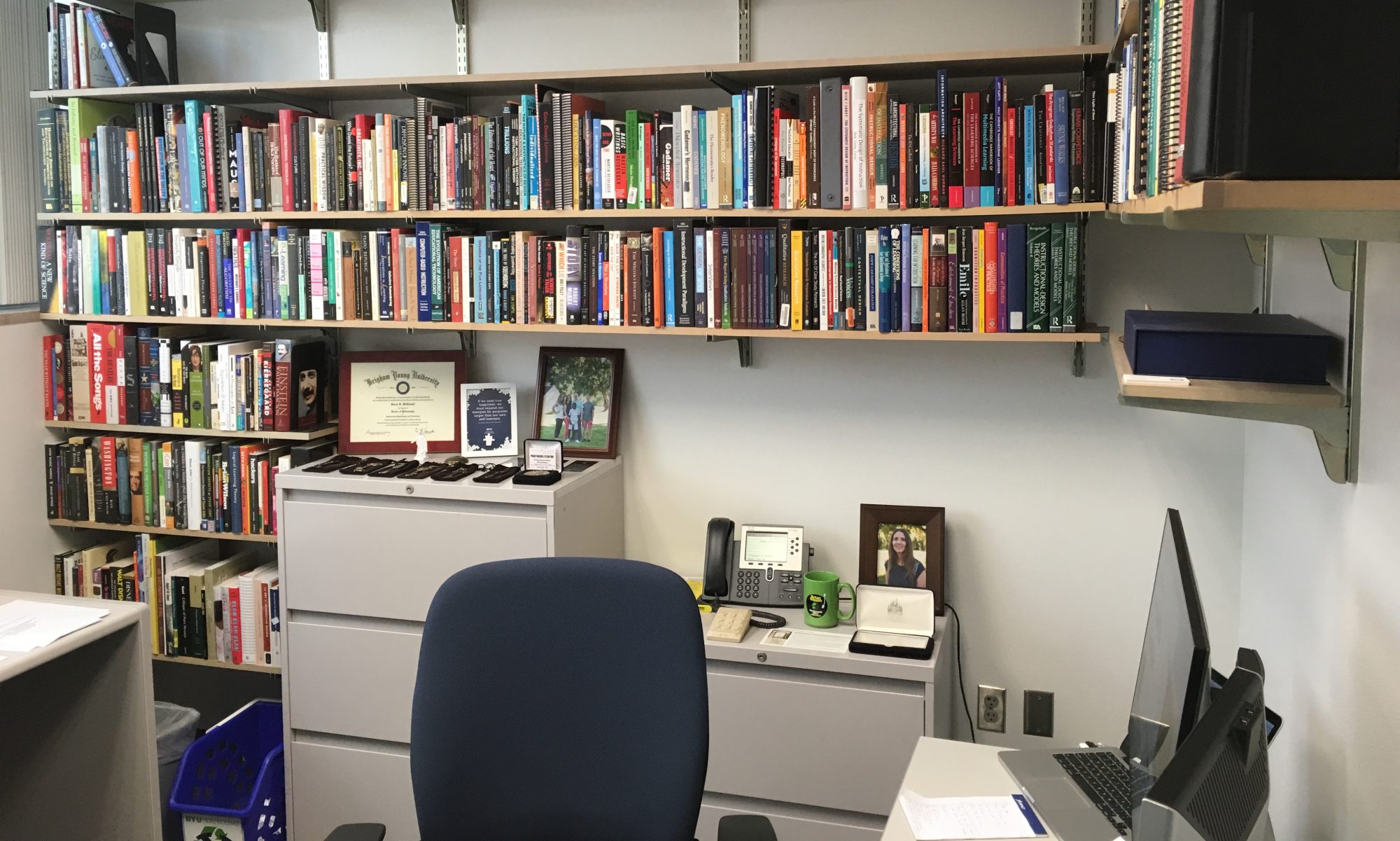This is a report on another playable case study (PCS) project (at this point, the PCS research collaboration has been by far my most fruitful source of publications). The process of developing and testing this simulation was much, much more interesting than the results themselves. So we decided to write it as a design case, giving us a chance to share details of our process, both good and bad, that led to the simulation being what it was. I really like writing design cases. I wish we had more design knowledge like this in the field.
Abstract:
In this design case, we report our design and playtest of a form of alternative reality, educational simulation that we call a playable case study (PCS). One of the features that make our simulations unique is how they are designed to implement a principle called This Is Not a Game, or TINAG, meaning that the affordances we design into the simulation suggest to students that the experience they are having is real, in contrast to the way the artificial nature of the expe- rience is highlighted in many computer games. In this case, we describe some challenges we encountered in designing a PCS to align with TINAG, along with how the situation in which we play tested the simulation highlighted other ways in which the principle of TINAG was challenging to achieve.
Reference:
McDonald, J. K., Balzotti, J., Franklin, M., Haws, J., & Rowan, J. (2023). “Are these people real?” Designing and playtesting an alternative reality, educational simulation. International Journal of Designs for Learning, 14(1), 34-42. https://doi.org/10.14434/ijdl.v14i1.34682
